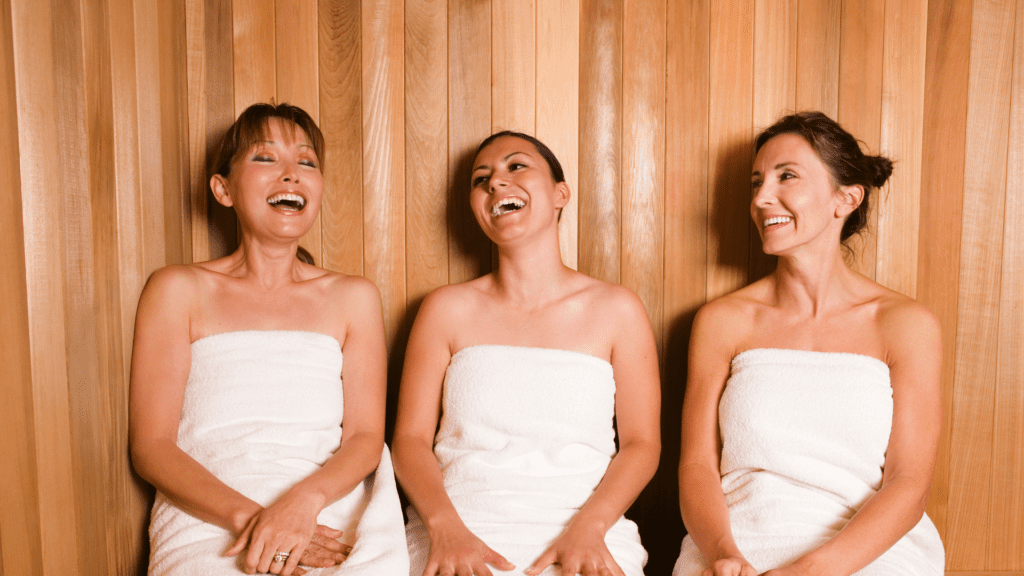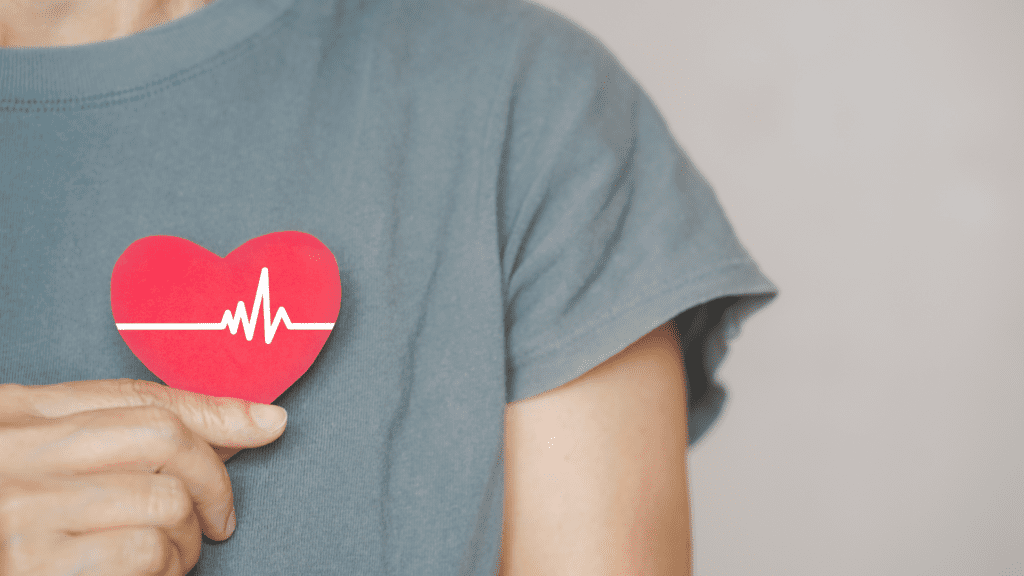The Truth About Saunas: Separating Fact from Fiction

Sauna use: it’s been around for centuries, deeply ingrained in cultures worldwide. From Finnish dry saunas to sweat lodges in Native American traditions and Russian banya steam rooms, the allure of the sauna extends far beyond relaxation—it’s a cornerstone of socialization and wellness practices. In recent years, the media has hailed sauna bathing as a […]
Harnessing Hormones for Cardiovascular Wellness

Women’s Cardiovascular Silent Ally: Hormone Therapy Contrary to conventional wisdom, estrogen (E2) and progesterone (P4) have emerged as potent defenders against the onset of cardiovascular disease (CVD), offering a ray of hope in the fight against this pervasive threat. Decades of research have illuminated the profound impact of E2 and P4 on cardiovascular well-being. These […]
Papa’s Traditional Hummus

This delightful recipe, inspired by Sonya Khazaal from Seattle’s renowned restaurant Phoenecia. This delightful recipe, inspired by Sonya Khazaal from Seattle’s renowned restaurant Phoenecia, not only satisfies your taste buds but also supports liver health and adrenal gland function, nourishing both body and spirit. Ingredients: 1 1/2 cups dried chickpeas (garbanzo beans) 2 teaspoons salt, […]



